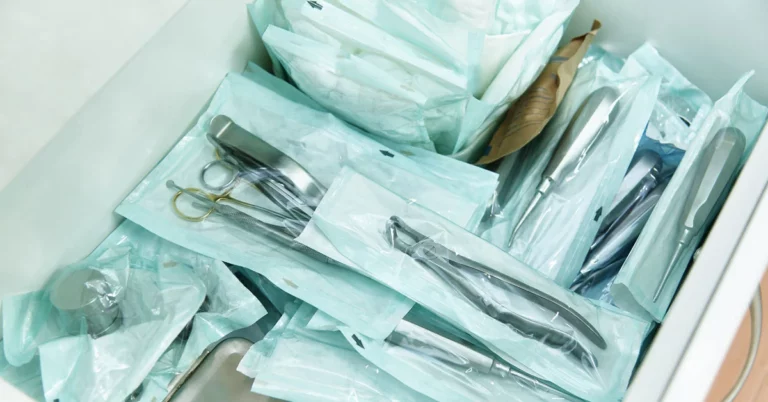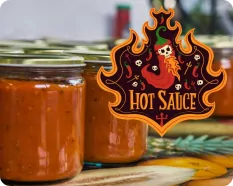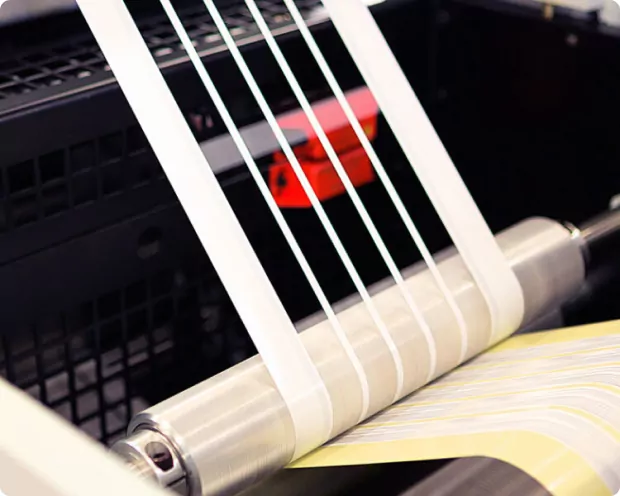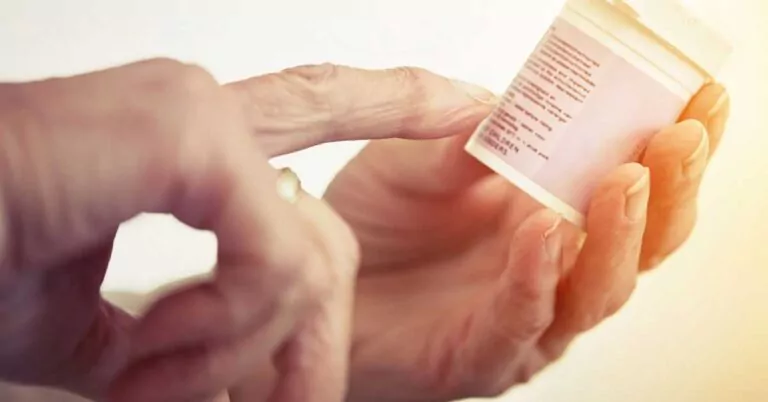Sustainable Labeling: How to Choose Greener Labels
These days, consumers and many manufacturers are realizing the merits of going green. Not only are eco-friendlier packaging options good for the planet, but they’re good for your reputation and your bottom line.
In a recent Consumer Brands/Ipsos poll, 84% of respondents said they were concerned about waste from plastics and packaging. Recycling is at the forefront of their minds, and they’re willing to prioritize brands that show a greener approach.
What does that mean for you? It means that taking a look at your packaging options, right down to the labeling, is crucial.
What Makes More Sustainable Labeling?
What factors play into a label’s sustainability? There are many components to a label—the material, the adhesives, the finish, even the ink—that can play a role in the label’s compatibility with the recycling process.
It’s important to understand how recycling works and the requirements for your packaging before you choose the labels for your product. Labels are ubiquitous—almost every product has a label of some sort on the product, whether it’s a food, beverage, consumer good, or medical supply. In most cases, the recycling process doesn’t require that consumers and users remove their label to recycle.
During the recycling process, products are often heated to very high temperatures. This heating burns off any labels and glue. For certain products, the recycler may request that labels be removed. The labels themselves may also be recyclable (in the case of some paper labels, for example). Different recyclers may have different standards for their recyclable products, so if you’re working with consumers in a particular region and recycling is a concern, it may be a good idea to explore the local regulations and guidelines.
But of course, if your company has taken measures to provide more sustainable products to your consumer, then you’ll want to do your due diligence when it comes to exploring sustainable label options. Here are all the aspects of labels you should consider when you’re seeking more sustainable label choices.
Are Label Adhesives Recyclable?
Generally speaking, most label adhesives aren’t recyclable. Even if a paper label is used, the adhesive will need to be removed before the label can be recycled. There are natural adhesives out there, but it depends on the other requirements of the label and storage conditions for the product. Look for an RCA or recycling compatible adhesive if it fits your specifications.
RCAs were first devised for use in the postal system. When it comes to recycling envelopes, the adhesive closure and even stamps can be a concern. In most cases, the RCAs are used to adhere paper to paper. During the recycling process, paper is shredded into pulp. The adhesives are resistant to shredding and can then be removed before the final processing. Other adhesives can damage the recycling machinery and cause problems.
There are also biodegradable label adhesives (and even labels themselves). These are often used on food products, and these labels will break down over time. The biodegradable adhesive is often plant-based, made from materials like sugarcane. In some cases, these options can be an appropriate choice.
Most label components like ink, standard adhesives, and lamination are considered contaminants in the recycling process, but recycling companies will often remove them during the processing if they are a problem. The adhesive itself can’t be extracted from the label or recycled. It’s also important to note that many adhesives eventually degrade, change, and deteriorate over the product’s life. Removable and repositionable label adhesive options offer a lower tack and can be used in some cases.
Which Label Materials Are Most Sustainable?
Choosing paper labels can make your product packaging more sustainable and recycling-friendly. Many paper labels on sauce jars and other products can be washed off or removed during recycling. Generally speaking, paper labels are often the most eco-friendly and may even be made from recycled materials.
Plastic and synthetic labels can be used on packaging with the same type of plastic. For example, polypropylene or PET bottles with polypropylene or PET labels can usually be recycled together—no label removal necessary. In some cases, a label may fit around the entire package (like a beverage bottle) and can be removed easily once the product is gone.
Choosing Finishes and Lamination
Another area to review is the finish and lamination on your labels. Some labels need to be water-resistant, heat-proof, or otherwise able to withstand certain conditions. In this case, a protective finish is important. Other embellishments like metallics can align with your branding and make your product stand out.
For lamination, matching the material to the packaging can increase the recyclability of the product. Again, a polypropylene laminate would be appropriate for a polypropylene bottle. A paper label with a laminate finish may not be as easily recycled. It’s also important to check the adhesive and the ink before deeming the label recyclable (even if the lamination is the same material as the product packaging).
In many cases, the finish, adhesive, and even ink will factor into the sustainability of a label. It’s important to weigh the requirements of your label and the information you need to convey against the merits of going completely green. With the proper guidance, you should find a label that will do the job while still complementing your product.
Fortunately, when it comes to labels, there are ample options for customizing and adjustment. Your product is different and distinctive, so you’ll need a label that works for you. We have an array of labeling choices here at T&L Graphic Systems. If you need to find a sustainable label or a label with any unique property, we’re here to help. Reach out today to explore your options.





